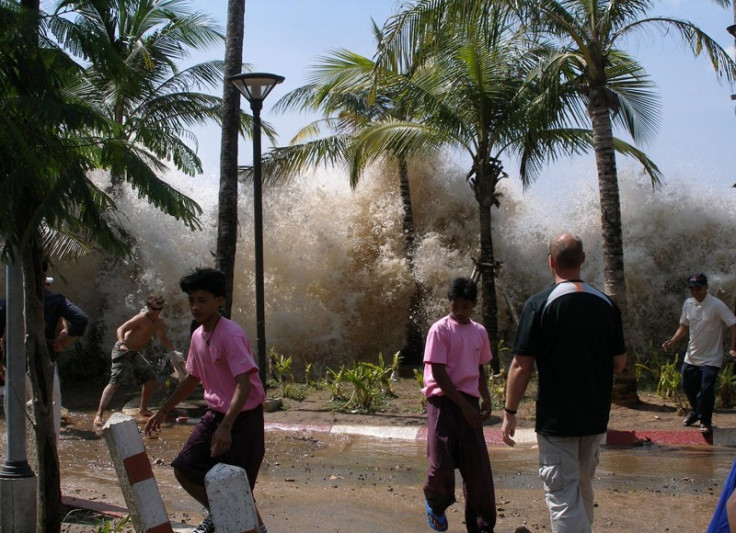Tsunami Threat to Europe: New Early Warning System Tested
Tsunami Early Warning Mitigation System will be tested by four simulated earthquakes and tsunamis

Unesco is testing a warning system for tsunamis it developed in the wake of the devastating 2004 Indian Ocean Earthquake, which claimed more than 230,000 lives and left millions homeless.
The Tsunami Early Warning and Mitigation System for the Northeastern Atlantic, the Mediterranean and connected seas will be tested over two days.
The exercise, organised by the Intergovernmental Oceanographic Commission (IOC) and named NEAMWave12, will simulate four tsunamis triggered by four earthquakes.
The 2004 tsunami, which struck on 26 December, is said by scientists and historians to be one of the deadliest in history, releasing the energy of 23,000 Hiroshima-type atomic bombs. Seven years later, Japan experienced an earthquake and tsunami that killed more than 15,000 people.
Nineteen of the 39 countries signed up to the Early Warning and Mitigation System will take part in the exercise.
The four simulations are based on historical events.
In 1755, a powerful earthquake in the Azores-Gibraltar Fault Zone resulted in a tsunami that destroyed Lisbon. In 1908, a tsunami killed tens of thousands of people in Messina, Italy.
In 2003, a tsunami hit the shores of Algeria, Spain's Balearic Islands and ports on the French Riviera.
Scientists have warned that global warming could lead to an increase in natural disasters, including tsunamis, because of melting glaciers and icecaps.

Francesca Santoro, technical secretary of the system and head of the Tsunami Information Centre for the region, said that each member state had a Tsunami Warning Focal Point (TWFP) for sharing information.
There are also three centres in Turkey, France and Greece that have Tsunami Watch Providers (TWPs), to provide an early warning system.
Santoro told IBTimes UK: "We want to test the capacity of the TWPs to disseminate the message ie, how much time we need from the event to reach all the [focal points], the procedure that each country has [in place] internally to receive, understand the message and alert the civil protection authorities and then the population.
"Earthquakes cannot be predicted. The system is able, based on the analysis of previous events, to determine the probability that a tsunami can be generated with a given earthquake with a given magnitude, and with a given depth and proximity to the coast.
"So, if an earthquake happens, the very first information sent is this one: 'Based on historical event there is the probability that a tsunami is generated'. Secondary information is based on real sea level data monitored all along the coast.
"This means that the competent authorities have already in place mechanisms to alert people, to decide if the evacuation should take place or not," Santoro said.
"Moreover, a tsunami warning system coordinated by an international organisation means that we also carry on regular training and awareness raising activities, so that people know what to do in case of an event."
Running parallel to the exercise will be a discussion about the Tsunami Early Warning and Mitigation System in the Indian Ocean.
The tsunami warning system was first tested in April and was said to have performed well. The Indonesian Tsunami Early Warning System issued its first bulletin eight minutes after an event and the response by warning centres was prompt.
© Copyright IBTimes 2025. All rights reserved.






















